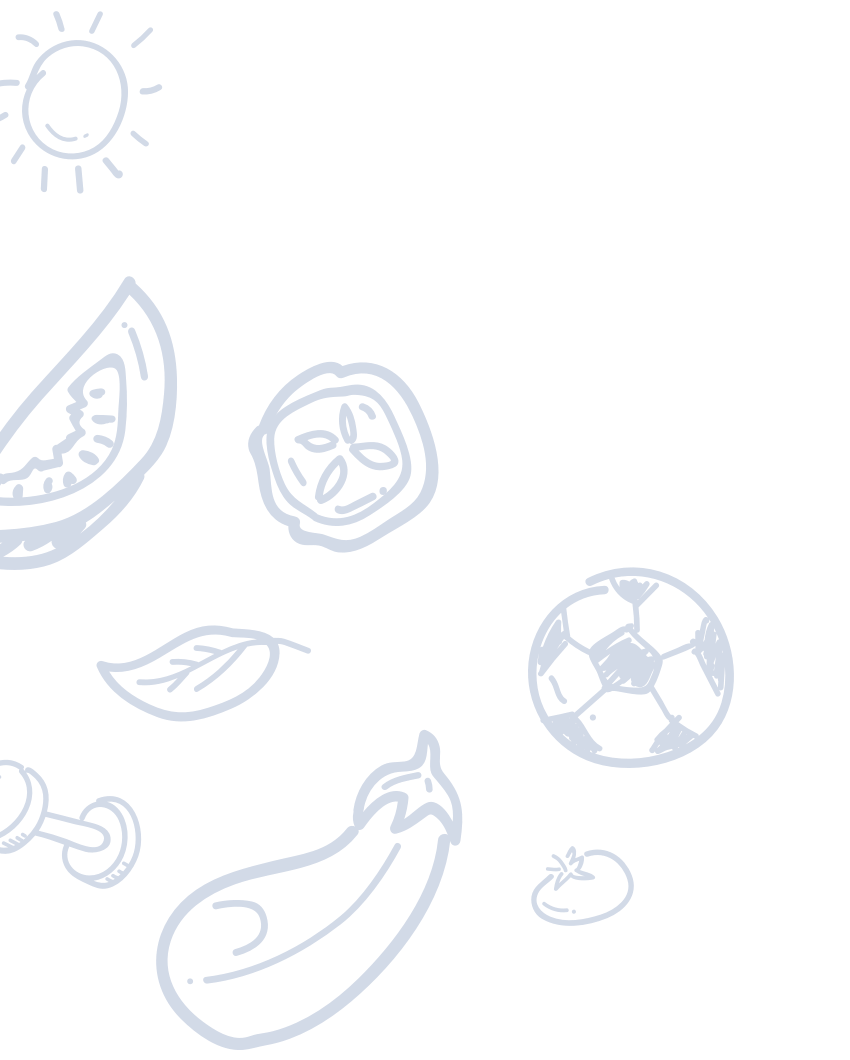February is Heart Month, a time to bring attention to the importance of cardiovascular health and the risk of cardiovascular disease. Heart disease is the leading cause of death in the United States, according to the Center for Disease Control. We can all reduce our risk of heart disease by making healthy lifestyle choices like eating a healthy and balanced diet, exercising regularly, quitting smoking, and getting enough sleep. Learn more about what the risk factors are, what can be done to prevent heart disease, and how making small changes towards a healthier lifestyle can make a big difference.
WHAT IS HEART DISEASE?
Most people think of heart disease as one condition, like a heart attack, but in reality, heart disease is a group of conditions that you can either be born with or that can have different root causes. Heart disease can be any condition that affects the structure and/or function of the heart. There are many different types of heart disease:

- Coronary Artery and Vascular Disease – This is the most common type of heart disease and causes most heart attacks. Coronary artery disease happens when the arteries in your heart are narrowed or blocked. Vascular disease stems from problems in other blood vessels that reduces blood flow and affects the functioning of the heart.
- Heart Rhythm Disorders or Arrhythmias – This condition can cause the heart to beat too slowly, too fast and/or in an irregular way. This type of heart disease can disrupt the flow of blood. There are many types of arrhythmias, some of which have no symptoms or warning signs, while others can be sudden and fatal.
- Structural Heart Disease – This refers to abnormalities of the structure of the heart. It can be present at birth (congenital) or caused by infection, wear and tear, or other factors. Structural heart disease includes abnormalities to the valves, walls, muscles or blood vessels near the heart.
- Heart Failure – This is a very serious condition that develops after the heart becomes damaged or weakened. The two most common causes of heart failure are high blood pressure and heart attack. While there is no cure, early diagnosis, lifestyle changes, and medication can help improve longevity and quality of life.
- Other – There are other types of heart disease caused by infections, enlarged heart muscle and inherited disorders. Some terms that might sound familiar in this category would be cardiomyopathy, cardiomegaly, endocarditis, Kawasaki disease, Long Q-T syndrome, pericarditis, and Marfan syndrome, to name a few.
WHO IS AT RISK?
While high blood pressure, high cholesterol, and smoking are the biggest risk factors for heart disease, there are several other medical conditions and lifestyle choices that can put people at a higher risk. These can include diabetes, obesity, an unhealthy diet, physical inactivity, and excessive alcohol consumption. However, there are some risk factors that can’t be controlled, such as age and family history. Having a family history of heart disease should be huge motivating factor to make changes in your lifestyle to reduce the possibility of developing the condition sooner or helping to prevent a more serious illness.
TOMATOES FOR HEART HEALTH

Tomatoes have two key nutrients that can have an impact on heart health: lycopene and potassium.
Lycopene is the chemical that gives a tomato its red color. It can be found in other red fruits and vegetables, but it is abundant in tomatoes. As a powerful antioxidant, it can help keep cells from becoming damaged. There is ongoing research that shows lycopene may lower low-density lipoprotein (LDL) cholesterol. This type of cholesterol has been dubbed “bad cholesterol” and is the most abundant type in the body. It collects in the walls of the blood vessels and significantly raises the chance of having heart problems. Increasing foods that can help reduce LDL cholesterol, like tomatoes, is a simple (and delicious) way to help combat this.
Potassium is a mineral that can help lower blood pressure, keeping the heart’s rhythm steady, and reducing the risk of cardiac arrest. Foods, like tomatoes, that are rich in potassium are important in managing high blood pressure because potassium lessens the effects of sodium. While potassium can be effective in reducing the way sodium raises your blood pressure, increasing your consumption through the foods you eat should be combined with an effort to decrease your salt intake on a daily basis.
Diet plays a key role in the prevention of heart disease. There are multiple studies that have shown that increased tomato consumption can lead to significant reduction in risk:

- In studies by the Department of Human Nutrition at the University of Otago in New Zealand of those who have type 2 diabetes, consumption of tomatoes decreased oxidized LDL levels. (When LDL becomes oxidized, it leads to accumulation that forms plaque in the arteries, which can rupture and cause a heart attack.)
- Tomato consumption has been shown to reduce body inflammation markers associated with risk of heart disease, heart attack, stroke, and atrial fibrillations.
- In as early as 8 weeks, studies have shown that tomato consumption in patients with hypertension or pre-hypertension had a modest lowering effect on both systolic and diastolic blood pressure.
- In a study funded by the National Institute of Nursing Research of 212 patients with heart failure, tomato consumption was associated with improved survival rates.
- A study out of Finland has shown that tomato consumption among 1,031 men significantly reduced their risk of stroke compared to men with little or no tomatoes in their diet.
As these studies suggest that the tomato is an excellent choice to include in your diet to help reduce the risk of heart disease. At Pure Flavor®, we grow a variety of different tomatoes that are perfect for snacking and cooking. For those with a sweet tooth, we have our award winning Cloud 9® Bite-Sized Fruity Tomatoes which are little bites of heaven that burst with sweetness! Our Juno® Bites Red Grape Tomatoes and RedRoyals® Sweet Cherry Tomatoes On-the-Vine are also excellent options for a quick, convenient, and healthy snack. For salads, there’s nothing better than our award-winning Tomatoes On-the-Vine, with their rich, vine-ripened flavor. The best part is, since we sustainably grow our tomatoes in high-tech greenhouses, they are available all year long!
GETTING MORE TOMATOES INTO YOUR DIET
There are so many great ways to get more tomatoes into your diet and help lower the risk of heart disease. Snacking on cherry, grape or cocktail tomatoes is a quick and easy way of incorporating tomatoes into your day. You can also add fresh tomatoes to just about any dish to add more flavor and get that healthy boost.
Did you know that cooking your tomatoes can increase the bioavailability of lycopene? We have an extensive collection of tomato recipes for you to choose from. Whether it’s breakfast, lunch, dinner, or an appetizer you’re looking for, we’ve got a tomato recipe for it!
Here are some heart healthy tomato recipes to inspire you to get started on your journey to better heart health:





For more healthy snacking advice and tasty recipes, make sure to sign up for Pure Flavor’s® monthly newsletter



